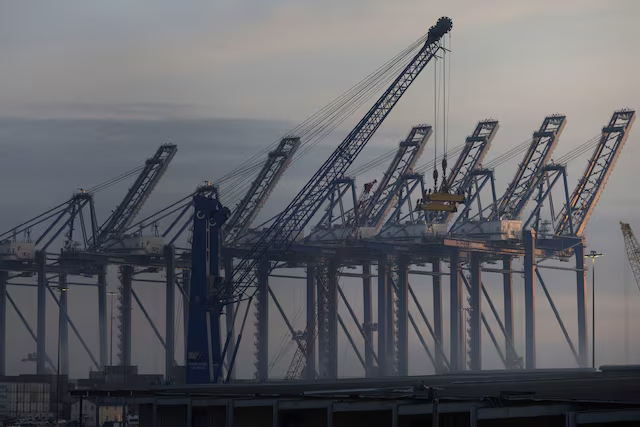U.S. President Donald Trump reaffirmed on Friday that the United States will maintain a baseline tariff of 10% on imports, even after new trade deals are finalized. He indicated that while negotiations with other countries are ongoing, this 10% tariff would serve as a standard, with the possibility of exemptions for nations that offer favorable trade terms. Trump emphasized that new trade agreements would be forthcoming in the coming weeks, but that the 10% tariff would remain in place as the baseline for U.S. import policy.
The tariff, which has been a key component of Trump’s trade strategy, has already impacted global trade dynamics, with countries like China, Canada, and Mexico seeing varying levels of tariffs on U.S. exports and imports. However, Trump clarified that the U.S. would still be open to adjusting tariffs under certain conditions, particularly if the terms of a trade deal are considered beneficial to American interests.
While the 10% tariff has been a point of contention in several international trade disputes, Trump has consistently argued that it is necessary to protect U.S. manufacturing and reduce the trade imbalance with other nations. The administration has used the threat of these tariffs as leverage in negotiations, with the goal of ensuring that the U.S. gets better terms in trade agreements.
Trump’s statement underscores the administration’s ongoing approach to international trade, balancing between securing beneficial deals and maintaining tariff pressure as a negotiating tool. The president’s remarks signal that while negotiations may lead to new deals, the U.S. will not easily relinquish the leverage provided by the tariffs. As trade talks continue, businesses and international markets are closely watching how these policies will evolve and whether countries will be able to negotiate exemptions to the baseline tariff.
READ MORE:
